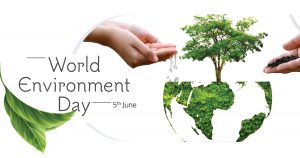#Wineries #CO2 #Fermentation #Sustainability
CO2 Recovery for Wineries: Converting Carbon Losses into Lucrative Opportunities
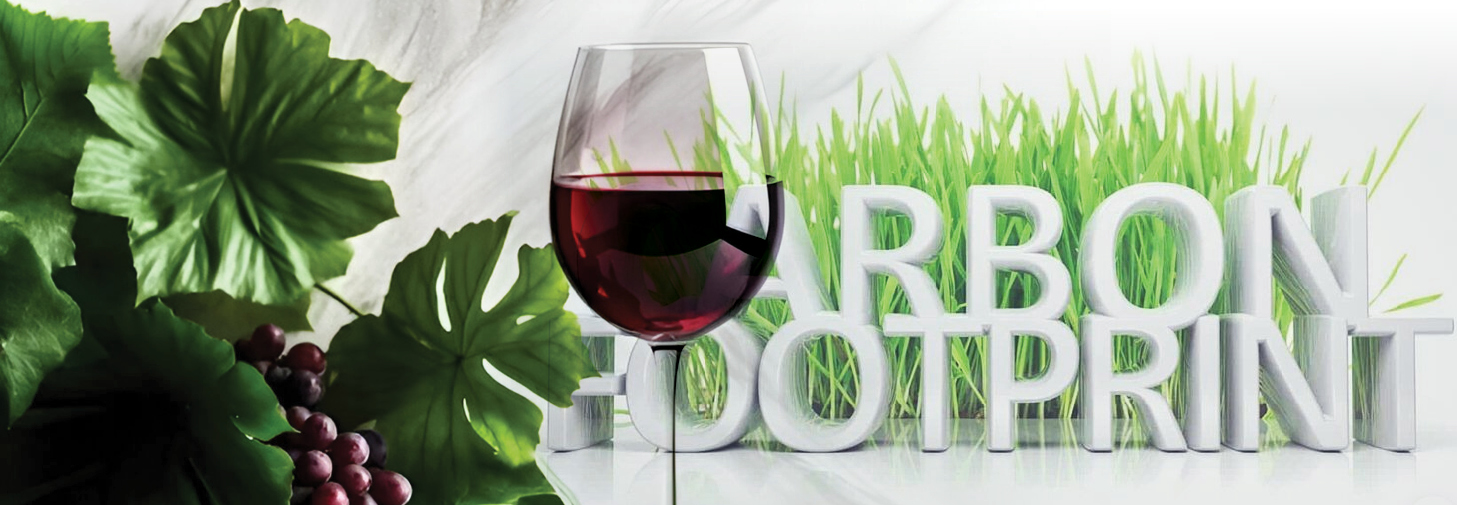
Wineries vs. Power Plants: A Tale of Two Emissions
When we compare CO2 emissions from wineries to those from power plants, the difference is as striking as a whisper against a roar. Wineries release CO2 during fermentation, a brief but impactful seasonal burst, while power plants are year-round emitters, continuously spewing massive amounts of greenhouse gases. Although power plants may dominate public perception with their visible emissions, often represented by the familiar image of plumes rising from smokestacks – although it’s usually steam, not CO2.
But here’s the catch: just because we don’t see billowing emissions from wineries doesn’t mean they get a free pass. CO2 is invisible, and while the wine industry’s emissions are smaller in scale, they still contribute to global warming.
Wineries might not yet be the poster children for carbon pollution, but that doesn’t mean they’re immune to scrutiny. Environmental awareness is catching up, and with sustainability becoming the buzzword of the century, even the art of winemaking is under the microscope.
Recover the CO2 at its source, don’t let it slip away.
Here is how Hypro MD, Ravi Varma puts it.
“Recovering CO2 at its source is the most effective solution, especially in the fermentation industry, where the purest form of CO2 is produced.”

Unlike power plants or other industrial processes that emit a cocktail of gases, the fermentation process offers wineries an opportunity to recover CO2 with 90% purity. This creates a powerful business case: why purchase CO2 for sparging and other processes when you can recover at source and reuse it from your own operations?
Hypro’s CO2 recovery systems take this approach to the next level, purifying the recovered CO2 to an impressive 99.998% v/v, making it suitable for use in bottling and sparging, among other applications.
By embracing CO2 recovery for winery, winemakers can align tradition with technology, creating a closed-loop system that honors the past while investing in the future. It’s time to stop letting CO2 slip away unnoticed—recover, purify it, and let your winery become a beacon of green innovation. It’s a shift that not only resonates with environmentally conscious consumers but also makes economic sense—sustainability and profitability are no longer mutually exclusive.
The Silent Contributors: Tracing CO2 Origins in Winemaking
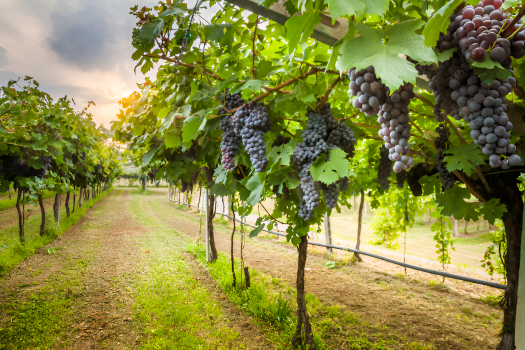
Primary Fermentation
Secondary Fermentation (Malolactic Fermentation)
Carbonation in Sparkling Wines
Waste Gas Streams
From Vine to Vapor: Managing Chemical Obstacles in CO2 Recovery for Wineries
Variability in CO2 Production
Presence of Impurities
Moisture Management
Handling Low CO2 Concentrations
Fermentation By-product Reactions
Some by-products in fermentation gases can react with each other or with equipment materials under certain conditions, creating fouling or corrosion risks. For example, sulfur compounds in the gas stream may react with moisture, forming acidic compounds like sulfurous acid that can damage equipment if not properly handled.
Temperature Sensitivity
Making Every Drop Count: The Case for CO2 Recovery in Wineries
Savings on Purchased CO2 : Reclaim What’s Already Yours
Why buy CO2 when you can harvest it from your own production process? Many wineries use external CO2 for bottling, blanketing, and, in some cases, carbonation for sparkling wines. By capturing and purifying the CO2 released during fermentation, you essentially recycle your resources and cut down on expenses.

Picture this: A Napa Valley winery using around 50 tons of CO2 each year for bottling and inerting gases can save up to USD 25,000 annually by reclaiming their own CO2. Over a decade, that’s a quarter of a million dollars saved, which can easily offset the cost of the recovery system, making it a no-brainer.
Environmental Impact: Turning Sustainability into Profitability
As consumers increasingly demand eco-friendly products, wineries that embrace CO2 recovery can position themselves as leaders in sustainability. This isn’t just a feel-good story—it’s a compelling marketing advantage that can bring premium pricing.
Take a cue from New Zealand: A winery there adopted CO2 recovery and spun it into their sustainability narrative. Their commitment to green practices boosted their international sales by 15%, especially in eco-conscious markets, proving that sustainability isn’t just good for the planet—it’s good for business.
Secondary Revenue Streams: CO2 Beyond the Winery
What if your winery captures more CO2 than it needs? The surplus can become an additional revenue stream. By selling purified CO2 to neighboring breweries, food processors, or beverage manufacturers, wineries can turn what was once a waste product into cash.
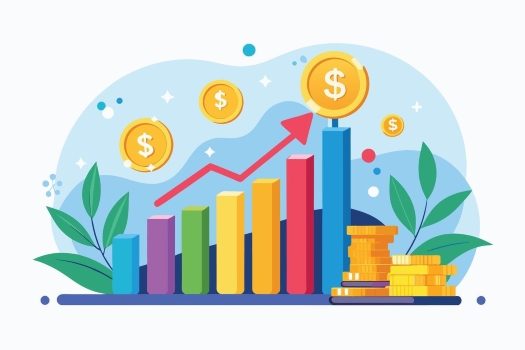
For example: A wine producer in Spain recovered an extra 30 tons of CO2 during the fermentation peak and sold it to a local brewery, netting an additional USD 10,000 in revenue each season. This side hustle effectively cut two years off the recovery system’s payback period.
Government Incentives: Grants and Tax Rebates
In places like California or the European Union, wineries that install CO2 recovery systems can benefit from tax rebates or government grants aimed at promoting sustainability. These incentives can reduce upfront costs significantly, making the investment even more attractive.
Consider Italy: A winery qualified for a 40% EU Green Deal grant that slashed their initial capital outlay from USD 100,000 to USD 60,000. With reduced costs, the winery expects to see full ROI within 3-4 years, thanks to savings on purchased CO2 and revenue from surplus sales.
Reducing Your Carbon Footprint: Certification with Perks
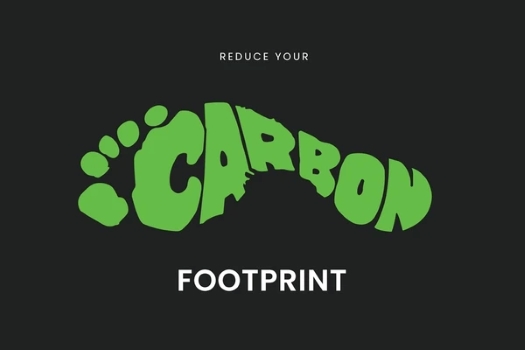
The Bottom Line: Return on Investment
CO2 recovery for wineries isn’t just about saving the environment—it’s about making a smart financial play. But here’s the catch: to truly unlock its potential, wineries must find ways to use or sell the CO2, since most can’t be used in-house. While savings on purchased CO2 and potential revenue from surplus sales can offset costs, the true payback depends on tapping into external applications or markets.
That said, when done right, the investment can pay for itself over time, turning what might seem like an upfront expense into a long-term revenue booster. It’s not just an environmental win—it’s an opportunity to future-proof your business and strengthen your bottom line.
Related Posts
Engineering Sustainability
Hypro believes Earth Day is more than a moment - it’s a mission. From sustainability-driven innovations to CO₂ recovery and digital transformation, discover how Hypro...
Read MoreEnvironment First
On the World Environment Day, Hypro redefines the role of industry - not as a force that extracts, but as one that restores. With over...
Read MoreBeer and Wine Sustainability Showdown: Tracing the Footprint from Soil to System
Every glass begins with the earth beneath it. Beer and wine sustainability isn’t brewed or fermented—it’s grown. This piece journeys from soil to system, uncovering...
Read More
